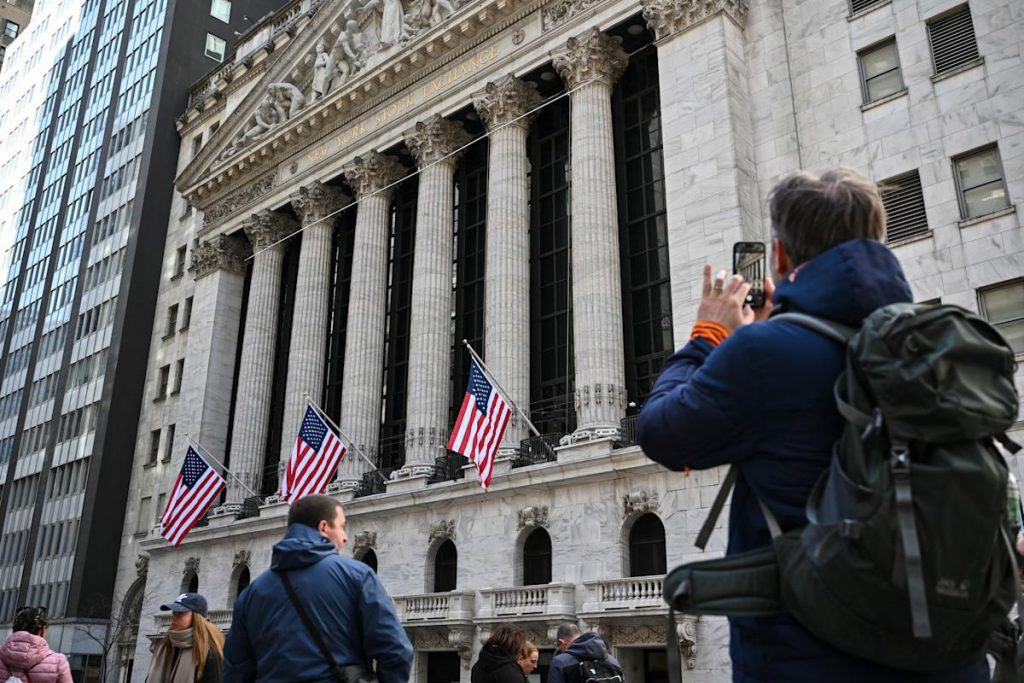US Stock Market Reaches New Heights Amid Government Shutdown
On Wednesday, US stock indices climbed to new all-time highs, coinciding with the onset of the government’s first shutdown in seven years. Investors shifted their attention to disappointing ADP jobs data, reinforcing expectations for imminent interest rate cuts.
The S&P 500 index rose by 0.3%, achieving its first closing record above 6,700. The Dow Jones Industrial Average gained almost 0.1%, marking its second consecutive record close. Meanwhile, the technology-heavy Nasdaq Composite surged by 0.4%, rebounding from earlier losses during the session.
Major stock markets turned positive after a sluggish start, with indices finishing their strongest third quarter since 2020 on Tuesday. Investors seemed to largely overlook the expected economic consequences of the shutdown, at least for the time being.
The shutdown arrives during a critical moment for the economy, especially as the ADP employment report—showing an unexpected loss of 32,000 private sector jobs—drew significant attention. This marked a stark contrast to expectations that anticipated a gain of over 50,000 jobs.
Such dismal employment figures likely fueled further speculation about potential interest rate cuts by the Federal Reserve. Currently, nearly all projections (around 99%) anticipate a rate cut later this month, with expectations for another reduction in December also increasing substantially to approximately 87%.
In Washington, agencies have begun activating emergency plans and sending home hundreds of thousands of workers. President Trump has cautioned that a significant number of layoffs may occur. Markets are closely monitoring these developments, particularly since the Bureau of Labor Statistics, responsible for important economic data, will halt operations during the shutdown.
The September jobs report was originally scheduled for release on Friday, but will likely be delayed as the Bureau of Labor Statistics will cease operations with minimal staff during the shutdown. This has potential implications for federal economic policy as key data goes unreported.



